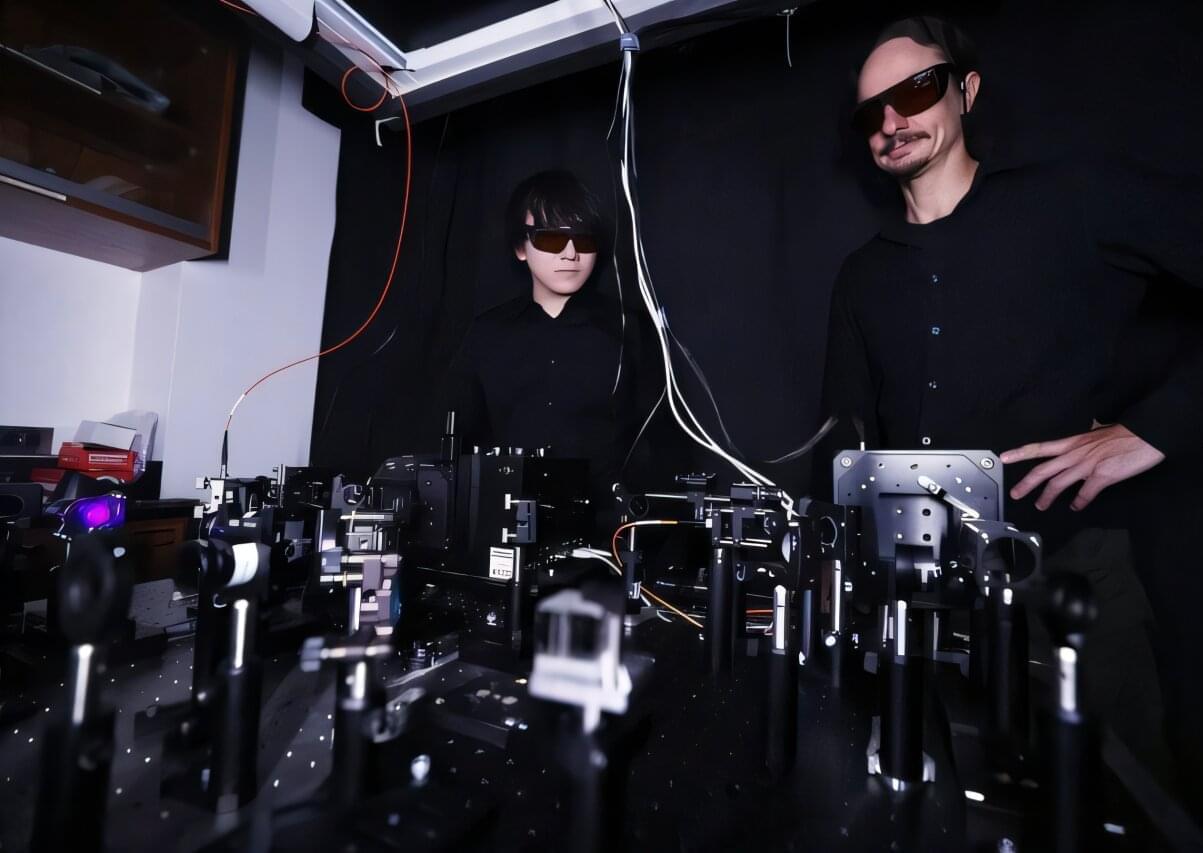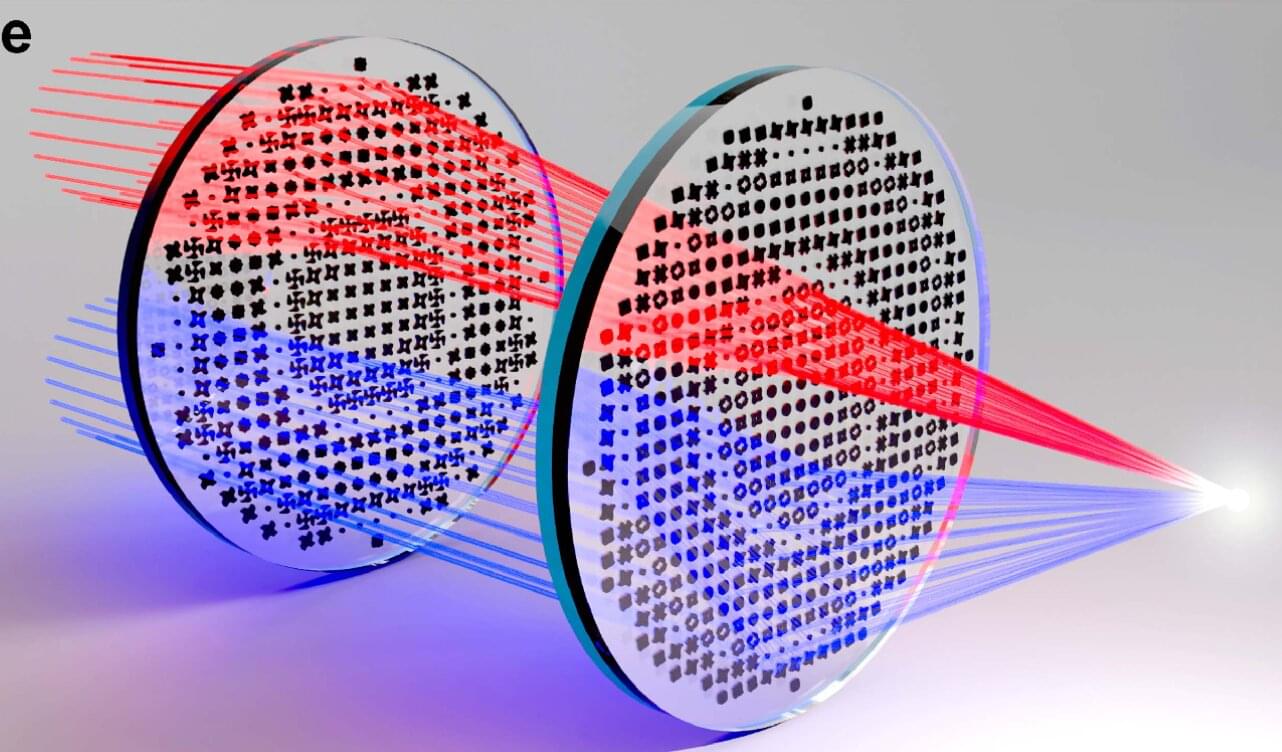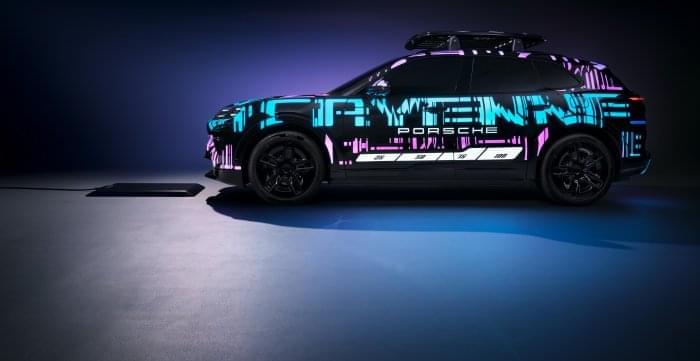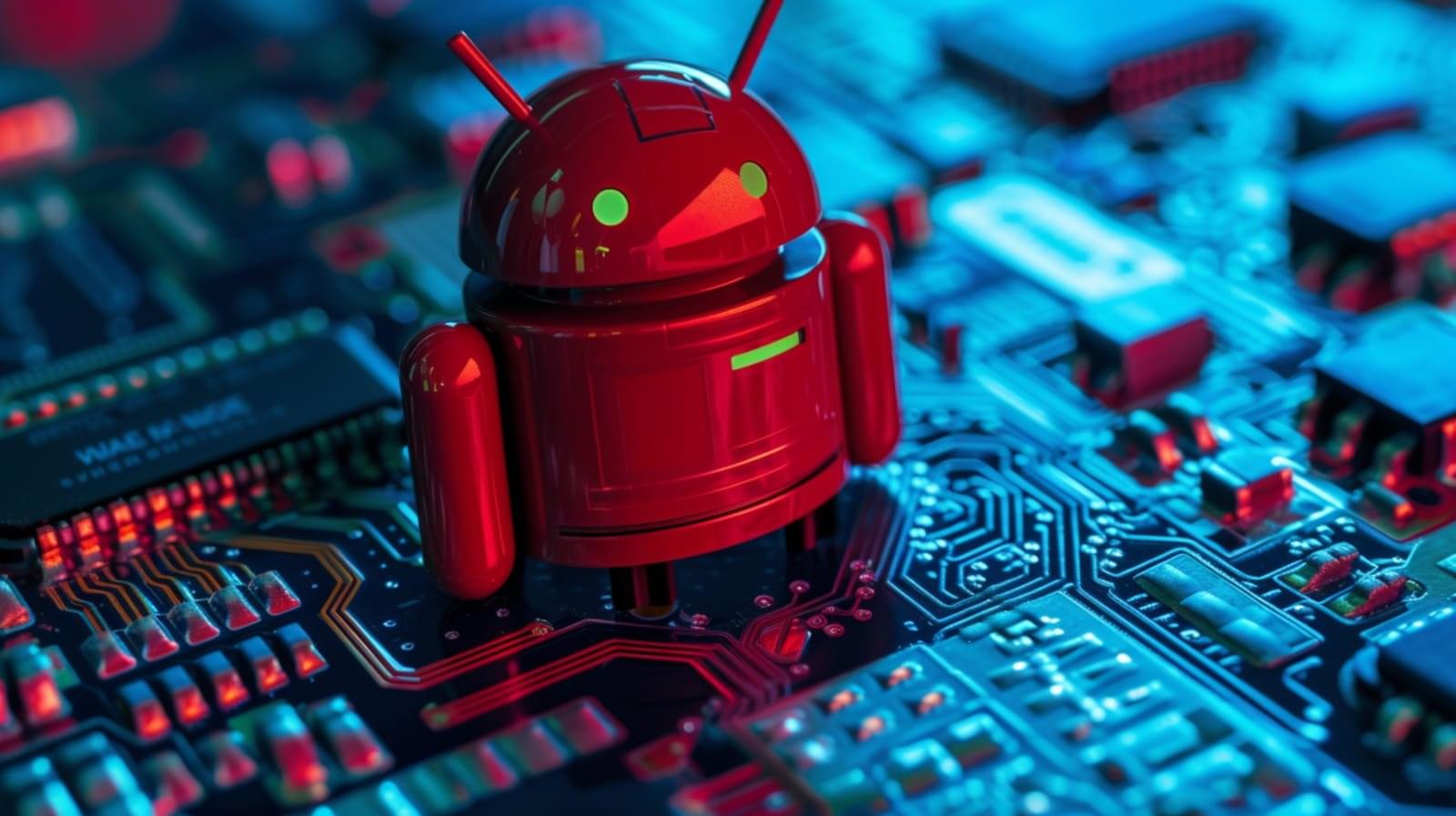Samsung patched CVE-2025–21043 on Sep 2025 after zero-day Android exploits enabled code execution.



A new nanostructure acts like a wire and switch that can, for the first time, control and direct the flow of quantum quasiparticles called excitons at room temperature.
The transistor-like switch developed by University of Michigan engineers could speed up information transfer or even enable circuits that run on excitons instead of electricity—paving the way for a new class of devices.
Because they have no electrical charge, excitons have the potential to move quantum information without the losses that come with moving electrically charged particles like electrons. These losses drive cell phones and computers to generate heat during use.
Questions to inspire discussion.
🧠 Q: What improvements does Tesla’s AI5 chip offer over AI4? A: AI5 provides a 40x improvement in silicon, addressing core limitations of AI4, with 8x more compute, 9x more memory, 5x more memory bandwidth, and the ability to easily handle mixed precision models.
📱 Q: How will Starlink-enabled smartphones revolutionize connectivity? A: Starlink-enabled smartphones will allow direct high bandwidth connectivity from satellites to phones, requiring hardware changes in phones and collaboration between satellite providers and handset makers.
🌐 Q: What is Elon Musk’s vision for Starlink as a global carrier? A: Musk envisions Starlink as a global carrier working worldwide, offering users a comprehensive solution for high bandwidth at home and direct to cell through one direct deal.
🚀 Q: What are the expected capabilities of SpaceX’s Starship? A: Starship is projected to demonstrate full reusability next year, carrying over 100 tons to orbit, being five times bigger than Falcon Heavy, and capable of catching both the booster and ship.
AI and Compute.


From health monitors and smartwatches to foldable phones and portable solar panels, demand for flexible electronics is growing rapidly. But the durability of those devices—their ability to stand up to thousands of folds, flexes and rolls—is a significant concern.
New research by engineers from Brown University has revealed surprising details about how cracks form in multilayer flexible electronic devices. The team shows that small cracks in a device’s fragile electrode layer can drive deeper, more destructive cracks into the tougher polymer substrate layer on which the electrodes sit. The work overturns a long-held assumption that polymer substrates usually resist cracking.
“The substrate in flexible electronic devices is a bit like the foundation in your house,” said Nitin Padture, a professor of engineering at Brown and corresponding author of the study published in npj Flexible Electronics. “If it’s cracked, it compromises the mechanical integrity of the entire device. This is the first clear evidence of cracking in a device substrate caused by a brittle film on top of it.”

A new approach to manufacturing multicolor lenses could inspire a new generation of tiny, cheap, and powerful optics for portable devices such as phones and drones.
The design uses layers of metamaterials to simultaneously focus a range of wavelengths from an unpolarized source and over a large diameter, overcoming a major limitation of metalenses, said the first author of the paper reporting the design, Joshua Jordaan, from the Research School of Physics at the Australian National University and the ARC Center of Excellence for Transformative Meta-Optical Systems (TMOS).
“Our design has a lot of nice features that make it applicable to practical devices.”
Imagine a clock that doesn’t have electricity, but its hands and gears spin on their own for all eternity. In a new study, physicists at the University of Colorado Boulder have used liquid crystals, the same materials that are in your phone display, to create such a clock—or, at least, as close as humans can get to that idea. The team’s advancement is a new example of a “time crystal.” That’s the name for a curious phase of matter in which the pieces, such as atoms or other particles, exist in constant motion.
The researchers aren’t the first to make a time crystal, but their creation is the first that humans can actually see, which could open a host of technological applications.
“They can be observed directly under a microscope and even, under special conditions, by the naked eye,” said Hanqing Zhao, lead author of the study and a graduate student in the Department of Physics at CU Boulder.


Google has released the September 2025 security update for Android devices, addressing a total of 84 vulnerabilities, including two actively exploited flaws.
The two flaws that were detected as exploited in zero-day attacks are CVE-2025–38352, an elevation of privilege in the Android kernel, and CVE-2025–48543, also an elevation of privilege problem in the Android Runtime component.
Google noted in its bulletin that there are indications that those two flaws may be under limited, targeted exploitation, without sharing any more details.
